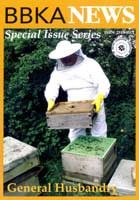
click image to zoom
£45 How can you inspect a hive without opening it? When you do open it, how do you interpret what you see? And how do unmanaged bees survive without our help? Truly seeing and understanding what is happening in a bee colony is the core skill for all beekeepers. In this comprehensive book you will learn how to ‘read’ bees’…

click image to zoom
Jacques van Alphen describes the research that unravelled the behaviour of honey bees. Fascinating stories! How, for example, can a hive of several tens of thousands of individuals function without a leader? And what about the complicated sexual life of honey bees and, a problem Darwin was already considering, what is the ideal ratio of numbers of males to females?…

click image to zoom
Honey bees are one of the most important agricultural animals on Earth. These tiny creatures often fly around unnoticed, doing work they have mastered to provide not only for themselves, but for the plants, animals, and humans that make up our shared home. Given the complex and increasing health challenges that honey bees face, the importance of collaborating together to develop fresh…
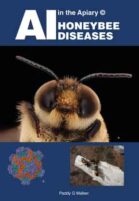
click image to zoom
This book is a comprehensive view of the breadth of different honeybee diseases. Each disease is covered by: • Classification • Biology • Transmission • Symptoms • How to identify the disease • Impact on the colony • Advice on mitigation In its own right this has required a significant amount of research. AI has helped to detail the content…
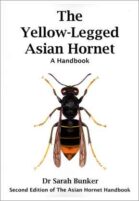
click image to zoom
Yellow-legged Asian hornets cause three important problems for humans: they love eating bees, especially honey bees; if you get too close to a nest they can be very aggressive; and they are voracious predators of our native insects. There has been much research since I published the first edition in 2019. This updated and expanded version is divided into three…
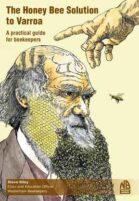
click image to zoom
The Honey Bee Solution to Varroa explains the practical steps beekeepers can take to identify and select for easily observable Varroa-resistant traits in their colonies. The science behind the bees’ mechanisms for controlling their mite populations is explained, in what is a bee-led solution to the biggest challenge facing the European honey bee. Steve Riley is the current Chair and…
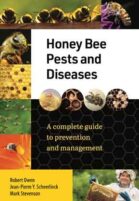
click image to zoom
Robert Owen
Jean-Pierre Y. Scheerlinck
Mark Stevenson
Written by three scientists with extensive beekeeping experience, and suitable for both hobby and professional beekeepers, this is the essential reference for diagnosing and managing honey bee diseases and maintaining honey bee health. Detailed chapters, illustrated with numerous photographs and diagrams, cover: • integrated pest management (1PM) • Varroa • viruses • brood diseases • adult diseases • mites and…
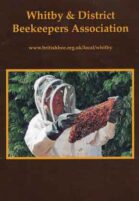
click image to zoom
Foreword by Sheila Rawson There can be no doubt in any beekeeper's mind of the complete commitment of John Dews to the conservation of Apis mellifera mellifera. He has devoted over 60 years to beekeeping and there can be little he does not know about bees through his assiduous observations of bee behaviour, bee breeding and his research into varroa…
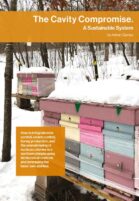
click image to zoom
How to integrate mite control, swarm control, honey production, and the overwintering of nucleus colonies in a northern climate using biotechnical controls and leveraging the bees’ own abilities. People with a beginner’s interest in bees are often disturbed to learn that their bees will die without some form of varroa mite control. I was, and some of mine did. Yet…
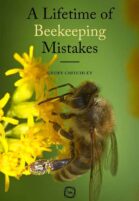
click image to zoom
A Lifetime of Beekeeping Mistakes covers all the basics of managing successful hives from buying in bee stocks and equipment to record keeping, establishing and growing colonies. It considers the merits of different types of hive and provides clear advice on queens, drones, honey extraction, diseases and pests. The book is written from the voice of experience rather than academic…
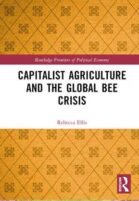
click image to zoom
Capitalist agriculture relies heavily on the pollination work of bees, but this system harms bees in innumerable ways. Indeed, human agriculture is one of the main culprits for the declining populations of wild bees and the declining health of honeybees. This book presents a political ecology of pollination that critically examines how managed honey bees and wild bees are harmed…
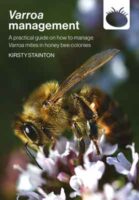
click image to zoom
This resource will provide you with everything you need to know for practical management of Varroa mites, it is the essential user-guide to Varroa treatments. In this guide you will learn: » Why Varroa mites are such a serious pest of honey bees. » How to spot signs that a honey bee colony is carrying a high mite burden. »…
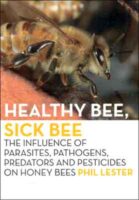
click image to zoom
'Impeccably researched ... The story is told with immense style' Prof. Ben Oldroyd, University of Sydney Phil Lester's first book, The Vulgar Wasp, was about one of the world's most hated insects. His second is about just the opposite - the honey bee, arguably one of our best-loved six-legged creatures. People have revered honey bees for centuries. Today we celebrate…
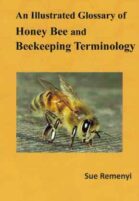
click image to zoom
An Illustrated Glossary of Honey Bee and Beekeeping Terminology is an invaluable reference book for all beekeepers. As with any activity there is always a significant amount of terminology and jargon to get to grips with and this glossary brings together the terminology a beekeeper needs. In addition, more advanced aspects of beekeeping such as the anatomy and biology of…
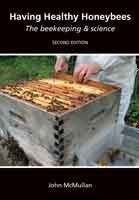
click image to zoom
TO VIEW THE CONTENTS CLICK HERE There has been a change in the beekeeping environment since the first edition in 2012. Today there is a heightened concern about global warming, the natural environment, biodiversity and the need to be guided by science. Among beekeepers there is a greater awareness of these issues with a shift towards sustainable beekeeping; locally-adapted colonies,…
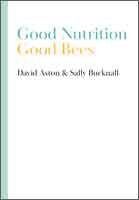
click image to zoom
David Aston
Sally Bucknall
The importance of pollinator species to man’s survival and the functioning of the world’s ecosystems is recognised. Environmental and other stressors have taken their toll on many pollinator species and their abundance. The European Honey bee (Apis mellifera) and man have had a long mutually beneficial relationship and it is vital that this continues. Like all organisms, honey bees need…
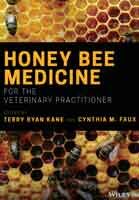
click image to zoom
Terry Ryan Kane
Cynthia M. Faux
Honey Bee Medicine for the Veterinary Practitioner offers an authoritative guide to honey bee health and hive management. Designed for veterinarians and other professionals, the book presents information useful for answering commonly asked questions and for facilitating hive examinations. The book covers a wide range of topics including basic husbandry, equipment and safety, anatomy, genetics, the diagnosis and management of…
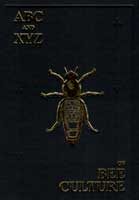
click image to zoom
Keith S. Delaplane
James E. Tew
Jennifer Berry
Clarence H. Collison
Ann Harman
Kim Flottum
• 42nd Edition (2020) • Over 800 pages packed with information • Hundreds of Color photos and illustrations • More than 50 Contributors • A MUST for every beekeeper large and small • A mix of reference, the how and why things are done and a history of how beekeeping got where it is today! In 1877 A. I. Root…
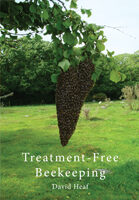
click image to zoom
Since varroa arrived in Europe and America in the 1980's, most beekeepers have found it necessary to treat their colonies with chemicals in order to avoid heavy colony losses. But a minority of beekeepers have managed to care for their colonies without the use of chemicals and have done so with not just tolerable colony losses, but with losses that…
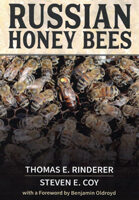
click image to zoom
Thomas E. Rinderer
Steven E. Coy
Russian Honey Bees are a stock of honey bees that were bred to be resistant to Varroa mites and have good beekeeping functionality for both honey production and pollination. This book describes the project to produce the Russian honey bee stock, conducted over 20 years of work by the combined efforts of scientists and beekeepers. Practical information on the management…
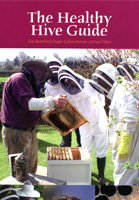
click image to zoom
Dan Basterfield
Roger Cullum-Kenyon
Ivor Davis
This second edition of the Healthy Hive Guide is provided to help both new and experienced beekeepers identify problems within their honey bee hives. Each of the images has a short explanation; however it is clear that not all problems manifest themselves in exactly the same way every time. It is sometimes enough for beekeepers to recognise that they may…
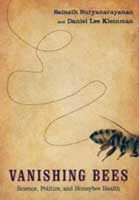
click image to zoom
Daniel Kleinman
Sainath Suryanarayanan
In 2005, beekeepers in the United States began observing a mysterious and disturbing phenomenon: once-healthy colonies of bees were suddenly collapsing, leaving behind empty hives full of honey and pollen. Over the following decade, widespread honeybee deaths -some of which have come to be called Colony Collapse Disorder (CCD) -have continued to bedevil beekeepers and threaten the agricultural industries that…
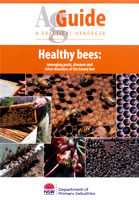
click image to zoom
Doug Somerville
Nicholas Annand
A full colour well illustrated practical handbook from the Department of Primary Industries in New South Wales giving advice on the recognition and control of all the major diseases. It deals in passing with colony size and nutrition - factors often overlooked in other disease manuals. This is an important addition to the literature.
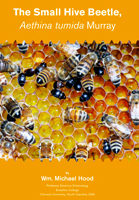
click image to zoom
The importance of the role played by honey bee pests in the world is becoming more recognised each year, not only because of attention given to the pest species, such as the varroa mite and small hive beetle, but also because of the increasing realisation that honey bees are extremely valuable to nature and humanity. The most up to date…
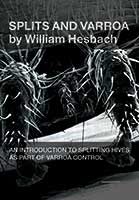
click image to zoom
Bill Hesbach is a beekeeper and honey producer in Cheshire, Ct, where he owns and operates Wind Dance Apiary. Bill studied beekeeping at Rutgers University in NJ and is currently enrolled in the master beekeeping program at the University of Montana. Bill serves on the board of directors for the Backyard Beekeepers Association of Connecticut, where he helps teach new…
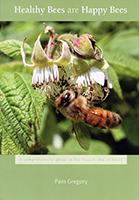
click image to zoom
Healthy Bees are Happy Bees is a comprehensive guide to bee health and sickness. The book details beekeeping problems, pests, parasites and diseases in depth and offers practical guidance rooted in beekeeping experience about preventing, controlling or curing threats to bee colonies to encourage more sustainable beekeeping practice. Environmental considerations, the effects of food, genetics, health and hygiene and the…
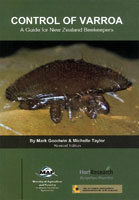
click image to zoom
Mark Goodwin
Michelle Taylor
This revised edition is based on the original 2001 version of the manual and draws upon the authors seven years experience of managing varroa in New Zealand. Mark led the research team on varroa and Michelle is currently running a programme to select varroa tolerant bees. Biography: Dr Mark Goodwin is a research scientist with The Horticulture and Food Research…
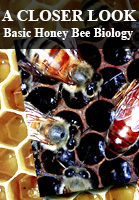
click image to zoom
Professor Clarence Collison has performed the meticulous scholarship so desperately needed by beekeepers and scientists alike. He has reviewed the vast body of research: the biology, physiology, biochemistry and behaviour of Apis mellifera and presented it in an concise and objective manner. This book will be required reading of all serious bee scientists, and on the desk of every beekeeper…
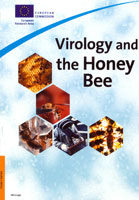
click image to zoom
The BRAVE project (Bee Research And Virology in Europe) was selected from the call for proposals FP6-2003-SSP31 where one of the objectives was the assessment of the level of risk and the likely consequences for bees and other closely related pollinators of the introduction of bee viruses to Europe. BRAVE was aimed at knowledge transfer between experts with a broad…
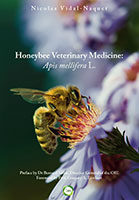
click image to zoom
This book provides an overview of bee biology, diseases, parasites, (with a large part dedicated to the mite Varroa destructor) pests and veterinary treatment and actions relating to be health. Current topics such as climate change, crop pollination antibiotic resistance and Colony Collapse Disorder are also covered. While aimed at veterinary practitioners, this volume will be beneficial to beekeepers, and…
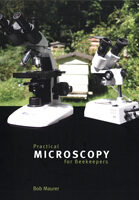
click image to zoom
"Essential reading for any beekeeper exploring the world of microscopy. Clear, concise and practical." - Celia Davis BSc NDB, Author: The Honey Bee Inside Out & The Honey Bee Around and About. "An invaluable step-by-step overview of the microscopy tasks candidates may be required to perform or discuss in the British Beekeepers' Association assessments." John Hendrie - Past Secretary, British…
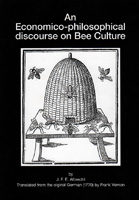
click image to zoom
This booklet is a translation from the Latin, by Frank Vernon of the thesis submitted in 1770 by J.F.E. Albrecht for his Doctorate examination.
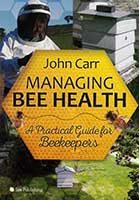
click image to zoom
The crucial role that bees play in the Earth's ecosystem is well known. Over the last decades a dramatic decrease in bee health has been seen on a global scale. This deterioration is seen on a global scale in both domestic and wild bees, precipitating a wider ecological impact. Veterinarians, animal scientists and bee husbandry specialists increasingly need to be…
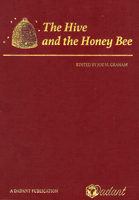
click image to zoom
This book represents the continuation of a beekeeping textbook publishing tradition that began in 1853 with the Rev. L.L. Langstroth, the father of American Beekeeping. In 1881 Langstroth entrusted the continuation of his book to his trusted friend, Charles Dadant and his son, C.P. Dadant. Since that time the Dadant family has kept that trust, while modernising and expanding the…





































